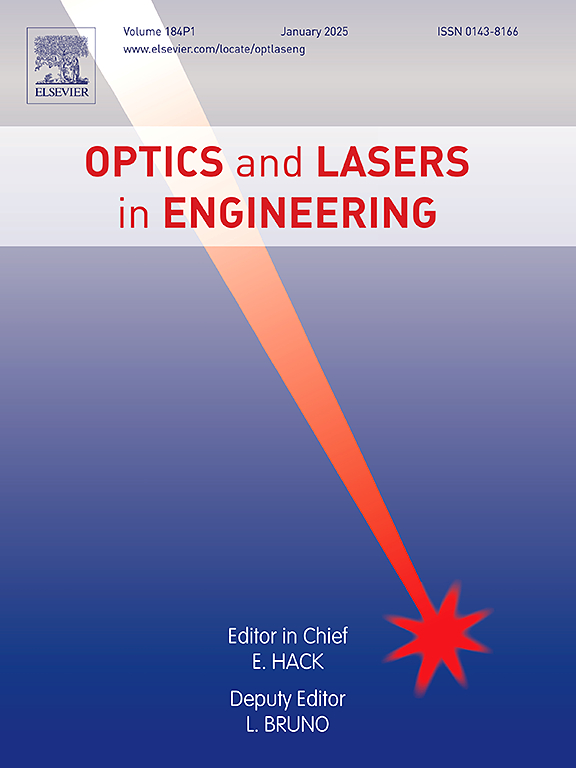Error analysis and compensation in the design of 3D holograms using spatial segmentation layer-based method
IF 3.5
2区 工程技术
Q2 OPTICS
引用次数: 0
Abstract
The development of 3D holographic display technology represents a promising advancement in future display methods. A critical aspect of this technology involves compensating for the positional deviation of reconstructed images associated with each sub-hologram in the spatial segmentation layer-based method design of three-dimensional holograms. However, a significant issue that has been inadvertently overlooked in the design process is the alignment between the digital blazed grating and the hologram itself. This alignment is often constrained by initial parameters and other factors, resulting in approximate rounding errors during the design process. In this paper, we analyze and compare the influence of these parameters on alignment accuracy, establishing an error calculation model based on theoretical analysis. We further determine the acceptable error tolerance and propose a compensation scheme to address these discrepancies. The results show that both our error analysis theory and compensation method are effective and accurate, providing valuable guidance for the future design of three-dimensional holograms utilizing spatial segmentation layer-based methods.
基于空间分割层的三维全息图设计误差分析与补偿
三维全息显示技术的发展代表了未来显示方法的一个有希望的进步。在基于空间分割层的三维全息图设计方法中,该技术的一个关键方面是补偿与每个子全息图相关的重建图像的位置偏差。然而,在设计过程中忽略的一个重要问题是数字燃烧光栅与全息图本身之间的对齐。这种对齐通常受到初始参数和其他因素的限制,导致在设计过程中产生近似的舍入误差。本文分析比较了这些参数对对准精度的影响,在理论分析的基础上建立了误差计算模型。我们进一步确定了可接受的误差容限,并提出了一种补偿方案来解决这些差异。结果表明,本文提出的误差分析理论和补偿方法是有效的、准确的,为今后利用基于空间分割层的方法设计三维全息图提供了有价值的指导。
本文章由计算机程序翻译,如有差异,请以英文原文为准。
求助全文
约1分钟内获得全文
求助全文
来源期刊

Optics and Lasers in Engineering
工程技术-光学
CiteScore
8.90
自引率
8.70%
发文量
384
审稿时长
42 days
期刊介绍:
Optics and Lasers in Engineering aims at providing an international forum for the interchange of information on the development of optical techniques and laser technology in engineering. Emphasis is placed on contributions targeted at the practical use of methods and devices, the development and enhancement of solutions and new theoretical concepts for experimental methods.
Optics and Lasers in Engineering reflects the main areas in which optical methods are being used and developed for an engineering environment. Manuscripts should offer clear evidence of novelty and significance. Papers focusing on parameter optimization or computational issues are not suitable. Similarly, papers focussed on an application rather than the optical method fall outside the journal''s scope. The scope of the journal is defined to include the following:
-Optical Metrology-
Optical Methods for 3D visualization and virtual engineering-
Optical Techniques for Microsystems-
Imaging, Microscopy and Adaptive Optics-
Computational Imaging-
Laser methods in manufacturing-
Integrated optical and photonic sensors-
Optics and Photonics in Life Science-
Hyperspectral and spectroscopic methods-
Infrared and Terahertz techniques
 求助内容:
求助内容: 应助结果提醒方式:
应助结果提醒方式:


